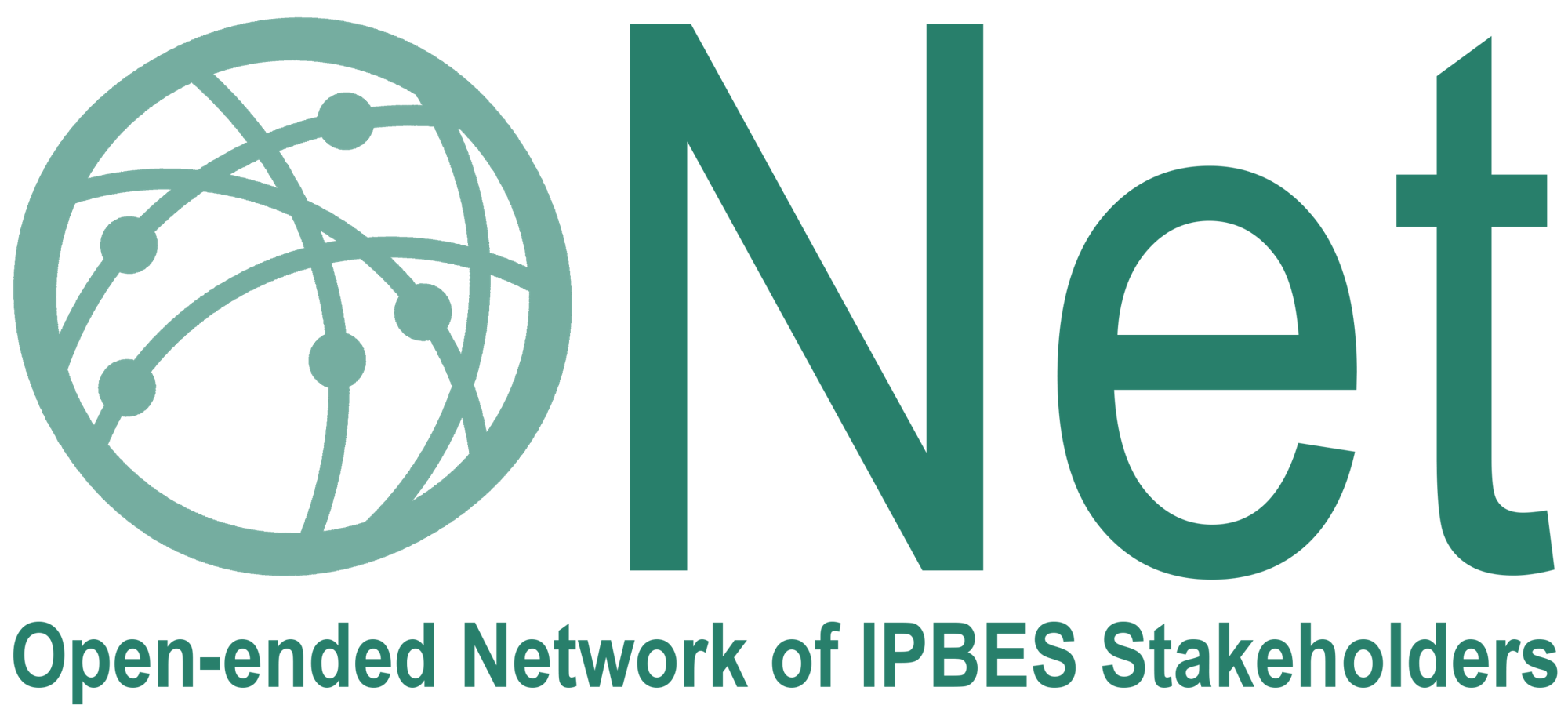Transformative change at the nexus: the latest information from IPBES for your community

Last updated 28 April 2025: IPBES has 150 member states now; a warm welcome to Poland, Iceland and Rwanda.
In 2024, governments from around the world came together in Namibia and approved two landmark reports on biodiversity and nature's contributions to people.
Here's how you can bring that same high-quality information to your community. All related activities submitted to IPBES by December 2025 will be reported to the IPBES Plenary at its 12th session in early 2026.
What new information is available?
How to improve biodiversity, water, food and health at the same time
The Nexus assessment considered interlinkages among biodiversity, water, food and health in the context of climate change. Most importantly, it provides dozens of response options: activities and measures that maximise benefits for people and nature across these areas.
To set the scene, the experts considered how these areas had been addressed individually in the past and how that approach has failed. In the report, you will also find inspiring examples where recommended response options have successfully been used in practice. Finally, the experts evaluated 186 different scenarios for the future: which have the greatest benefits for people and nature?
>> Read the Nexus assessment summary
>> Read the Nexus assessment media release (also available in French and Spanish)
How to achieve transformative change for people and nature
The Transformative change assessment considered underlying causes of biodiversity loss, the determinants of transformative change, and options for achieving the 2050 vision for biodiversity: "by 2050, biodiversity is valued, conserved, restored and wisely used, maintaining ecosystem services, sustaining a healthy planet and delivering benefits essential for all people" (GBF 2022).
Transformative change means fundamental system-wide shifts in views – ways of thinking, knowing and seeing; structures – ways of organizing, regulating and governing; and practices – ways of doing, behaving and relating.
The authors created and analysed a database of hundreds of separate case studies of initiatives around the world with transformative potential. They also assessed more than 850 separate visions of a sustainable world for nature and people. In their report you will find principles to guide transformative change, obstacles that stand in its way, and strategies to achieve it.
>> Read the Transformative change assessment summary
>> Read the Transformative change assessment media release (also available in French and Spanish)
What makes IPBES reports special?
IPBES reports stand out in three main ways:
- IPBES reports are compiled in a systematic process by competitively selected experts from around the world: the reports draw on research literature, grey literature, and Indigenous and local knowledge.
- IPBES reports are approved by the governments of 148 member countries, and IPBES experts and government delegates work together on the summaries. This results in both scientifically independent reports that are widely accepted, and language that governments have already agreed on.
- IPBES reports include knowledge sourced from Indigenous and local communities in a dedicated and meaningful process. This process has inspired other institutions to adopt similar approaches.
How can I bring the information to my community?
There are a number of ways in which you can bring this valuable information to your community — be it your community organisation, business, research institution, or neighbourhood:
- Develop practical guidance for your community's needs based on the reports.
- Develop factsheets in your local language based on the summaries.
- Convene a workshop, for example among local businesses.
- Develop a training course.
For more inspiration, your might want to have a look into these databases:
IPBES calls activities that introduce IPBES outputs to new audiences uptake. The IPBES Secretariat is happy to provide you with advice and ideas. Regrettably, the platform is not able to provide financial support. Nevertheless, IPBES supports uptake in a number of ways:
- The IPBES Secretariat can connect you with relevant IPBES experts.
- The IPBES media team can supply printed summaries of the reports (tentatively available from June 2025).
- Digital materials are always available:
- On the Nexus assessment
- The summary and the full report (tentatively available from April 2025).
- A short animation.
- Media materials.
- The summary and the full report (tentatively available from April 2025).
- On the Transformative change assessment
- The summary and the full report (tentatively available from April 2025).
- A short animation.
- Media materials.
- The summary and the full report (tentatively available from April 2025).
- Branded IPBES Virtual Backgrounds 2025 for video conferencing.
- On the Nexus assessment
All uptake activities reported to IPBES by December 2025 will be will be reported to the IPBES Plenary at its 12th session in early 2026.
>> Form to report your uptake activitiy
>> See the official call (EM/2025/06)
"Impact happens when uptake is successful." ~ Rob Spaull, IPBES Head of Communications
Photo by Pradeep Raja Kannaiah: Sunset over Walakiri Beach on Sumba Island in Indonesia. Mangroves are a group of trees and shrubs that live in the coastal intertidal zone. Mangroves provide an array of contributions to nature and people, ranging from protection against storms and water purification to ingredients for food and beverages (IPBES Sustainable use assessement, pp. 634-635).
